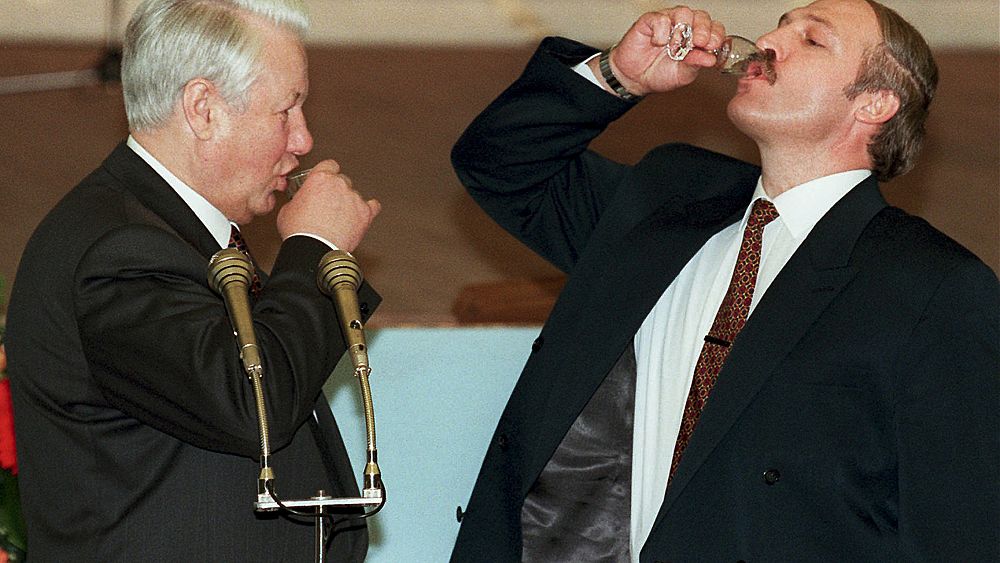Image copyright
Getty Images
More areas of the UK have announced localised restrictions to stem the spread of coronavirus.
Neath Port Talbot, Torfaen and Vale of Glamorgan are the latest local authorities to impose extra measures.
How many people are under extra restrictions?
In total, at least 16.6 million people are in local lockdowns in the UK – about one in four people.
This includes:
- 12.4m people in England, or 22% of the population
- 1.9m people in Wales (60%)
- 1.8m people in Scotland (32%)
Currently, 65% of northern England faces restrictions and 22% of the Midlands.
Which areas have restrictions?
The nature and extent of restrictions vary around the UK. Some of the rules and places include:
Wales:
- New restrictions come into force from 18:00 BST on 28 September in Neath Port Talbot, Torfaen and Vale of Glamorgan
- Restrictions are already in force in Llanelli, Cardiff, Swansea as well as Merthyr Tydfil, Bridgend, Blaenau Gwent,Newport, Rhondda Cynon Taf and Caerphilly
- People should not enter or leave those areas without a reasonable excuse like going to work, unless you can do so from home, or school. Pubs and restaurants must close by 22:20, but have to stop serving alcohol at 22:00
- People cannot meet other households indoors, including members of extended households
England:
- From 26 September, people will not be allowed to mix in homes or gardens with anyone outside their household in Leeds, Wigan, Stockport or Blackpool
- People in Merseyside, Warrington, Halton and the parts of Lancashire not already under tightened restrictions must not mix with people outside their household in homes or gardens. Pubs and restaurants must shut at 22:00 BST
- Residents in Bradford, Kirklees, Calderdale, Wolverhampton, Oadby and Wigston are banned from socialising with other people outside of their own households or support bubble in private homes and gardens
- Pub curfews and restrictions on people mixing have been introduced in Northumberland, Newcastle, Sunderland, North and South Tyneside, Gateshead and County Durham
- Households in Birmingham, Solihull and Sandwell are not allowed to mix with anyone they do not live with in their home or garden, unless they’re in their support bubble
- Those in parts of Greater Manchester – including Salford, Bury and the City of Manchester, are advised not to mix with those from outside their household or support bubble
- Also in Greater Manchester, in Bolton, there are visitor limits on care homes, while hospitality venues will only be able to serve takeaways and must close between 22:00 and 05:00
- People in Oldham, Blackburn with Darwen and Pendle should not meet anyone from outside their household outdoors
- In Leicester, people cannot host anyone they do not live with in their home or garden, unless they’re in their support bubble
Scotland:
- People living in Glasgow city, East Renfrewshire, Renfrewshire, East Dunbartonshire, West Dunbartonshire, North Lanarkshire and South Lanarkshire are banned from meeting people from another household inside their home.
Northern Ireland:
- People in Ballymena town, the Belfast council area and certain Northern Irish postcodes are not allowed to go to each other’s homes
Further details on the measures in place and specific areas affected have been published by the governments for England, Scotland, Wales and Northern Ireland.
When are new restrictions introduced in an area?
There is no set level of infection that triggers this in a particular place, but if it posts more than 40 coronavirus cases per 100,000 people, it is likely that extra restrictions will be considered.
The number of infections is not the only factor considered.
For example, cases in Northampton jumped to 125 per 100,000 in August. But as the rise was almost entirely down to workers at a local factory no restrictions were introduced.
Local decision-makers have a framework they can use to decide whether their area should be placed under extra restrictions to protect the public..
What are ‘areas of concern’?
Since June, Public Health England has been publishing a weekly Covid-19 surveillance list.
This lists those local authority areas where incidence of the disease is rising, sorting them into three categories:
- Areas of intervention – where restrictions or lockdowns are in place
- Areas of enhanced support – where the local council is receiving help from the government (eg extra testing)
- Areas of concern – where the situation is being monitored closely, but no restrictions have been put in place
On 25 September, all 33 London boroughs were listed as areas of concern.
How long do local or regional restrictions last?
The situations are regularly reviewed and when the number of infections falls, restrictions start to be eased again.
For instance, restrictions in Aberdeen were introduced in August but later lifted.
How are these rules enforced?
Local authorities in England have powers to:
- Close specific premises (such as shops, cafes and gyms)
- Shut outdoor spaces (such as parks, playgrounds and beaches)
- Cancel events (such as concerts, weddings and sporting events)
Central government can:
- Close sectors or types of premises in local areas
- Introduce localised stay at home orders
- Reduce the maximum size of gatherings
- Restrict the use of transport
- Stop people leaving a certain area
Image copyright
Reuters
Bolton has the highest case rate in the country, the health secretary says
Can police enforce the rules?
Police have powers to make sure people stick to the restrictions. For example, if they believe that somebody is staying away overnight, they can tell them to return home.
They can also fine people for breaking the rules, and may issue a “prohibition notice” directing somebody not to do something.
But if a resident from a locked-down area wants to go to a bar in another part of the city, for example, there is nothing legally to stop them.
Instead, the government hopes people’s sense of civic responsibility will see them follow guidance to stay at home.









